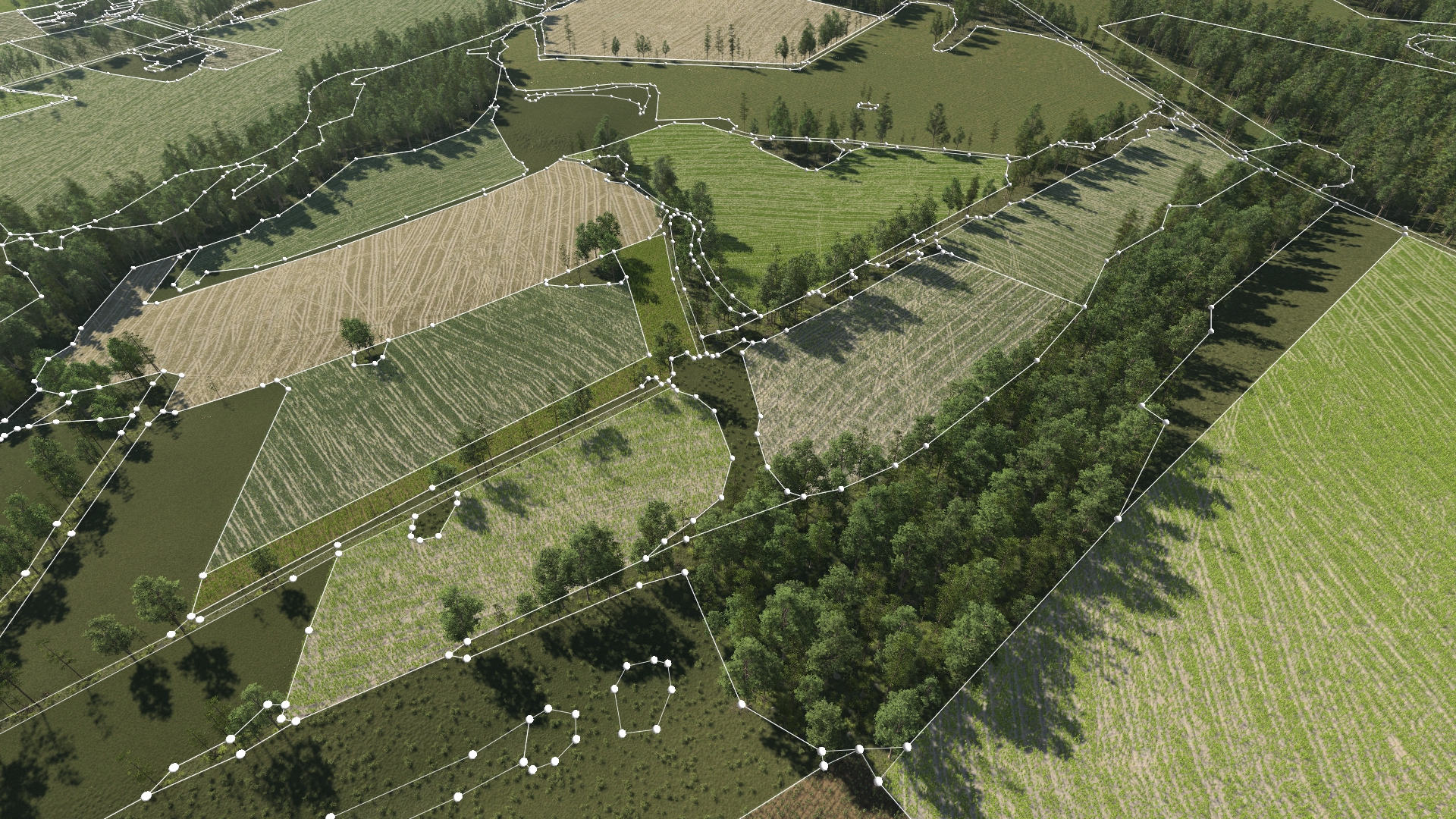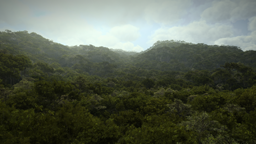Decals
Decal documents consist of a group of several areas defined on the ground, onto which you want to apply some local modifications. For each decal area, you can modify the soil, the plant densities, the elevation, etc..., which enables you to customize it.

Creating a decal document |





